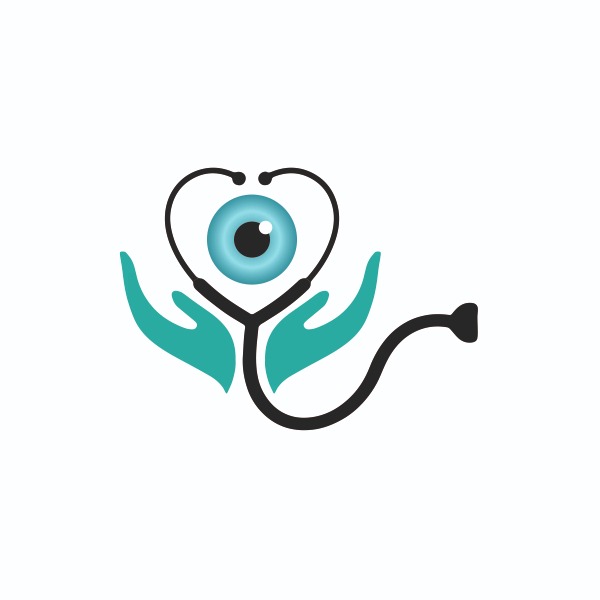+918850846511
Recently updated about

This is your website preview.
Currently it only shows your basic business info. Start adding relevant business details such as description, images and products or services to gain your customers attention by using Boost 360 android app / iOS App / web portal.
Description
Corneal topography is a non-invasive diagnostic procedure that creates a detailed map of the surface curvature of the cornea, the clear, front part of the eye. This mapping is crucial for diagnosing and managing various corneal conditions, planning refractive surgery (such as LASIK), and fitting contact lenses. Here’s an overview of the procedure, its uses, and what patients can expect: ### Procedure 1. *Preparation* - *Patient Positioning*: The patient is seated in front of the corneal topographer, a device that looks similar to a slit lamp. - *Head Stabilization*: The patient's head is positioned and stabilized using a chin rest and forehead support. 2. *Image Capture* - *Measurement*: The topographer projects a series of concentric rings or patterns of light onto the cornea. The reflected light is captured by a camera. - *Data Collection*: Multiple images are taken to ensure accuracy. The device uses these reflections to measure the curvature of the cornea at thousands of points. 3. *Analysis* - *Map Creation*: The captured data is processed to create a color-coded map of the cornea, showing variations in curvature. - *Topographical Patterns*: The map can reveal normal corneal shape, astigmatism, keratoconus, and other irregularities. ### Uses of Corneal Topography 1. *Refractive Surgery Planning* - *LASIK and PRK*: Corneal topography is essential for planning laser eye surgeries, ensuring proper reshaping of the cornea. - *Assessing Candidacy*: Helps determine if a patient is a suitable candidate for surgery by identifying any abnormal corneal conditions. 2. *Diagnosis and Management of Corneal Diseases* - *Keratoconus*: Detects and monitors this progressive thinning disorder. - *Corneal Dystrophies*: Identifies and assesses various corneal dystrophies. - *Post-Surgical Evaluations*: Evaluates corneal health and stability after surgery, such as post-keratoplasty (corneal transplant) or post-cataract surgery. 3. *Contact Lens Fitting* - *Custom Lenses*: Assists in designing and fitting specialty contact lenses, such as rigid gas permeable (RGP) and scleral lenses. - *Optimizing Fit*: Ensures lenses fit well, improving comfort and vision quality. 4. *Pre- and Post-Operative Assessments* - *Baseline Measurement*: Provides a baseline map before surgery or treatment. - *Monitoring Changes*: Tracks changes in corneal shape and health over time, aiding in the management of corneal ectasia and other conditions. ### Interpreting the Results - *Color Maps*: Different colors represent different curvatures. Warm colors (red, orange) typically indicate steeper areas, while cool colors (blue, green) indicate flatter areas. - *Patterns*: Symmetrical patterns are usually normal, while asymmetrical patterns may indicate conditions like keratoconus or irregular astigmatism.

